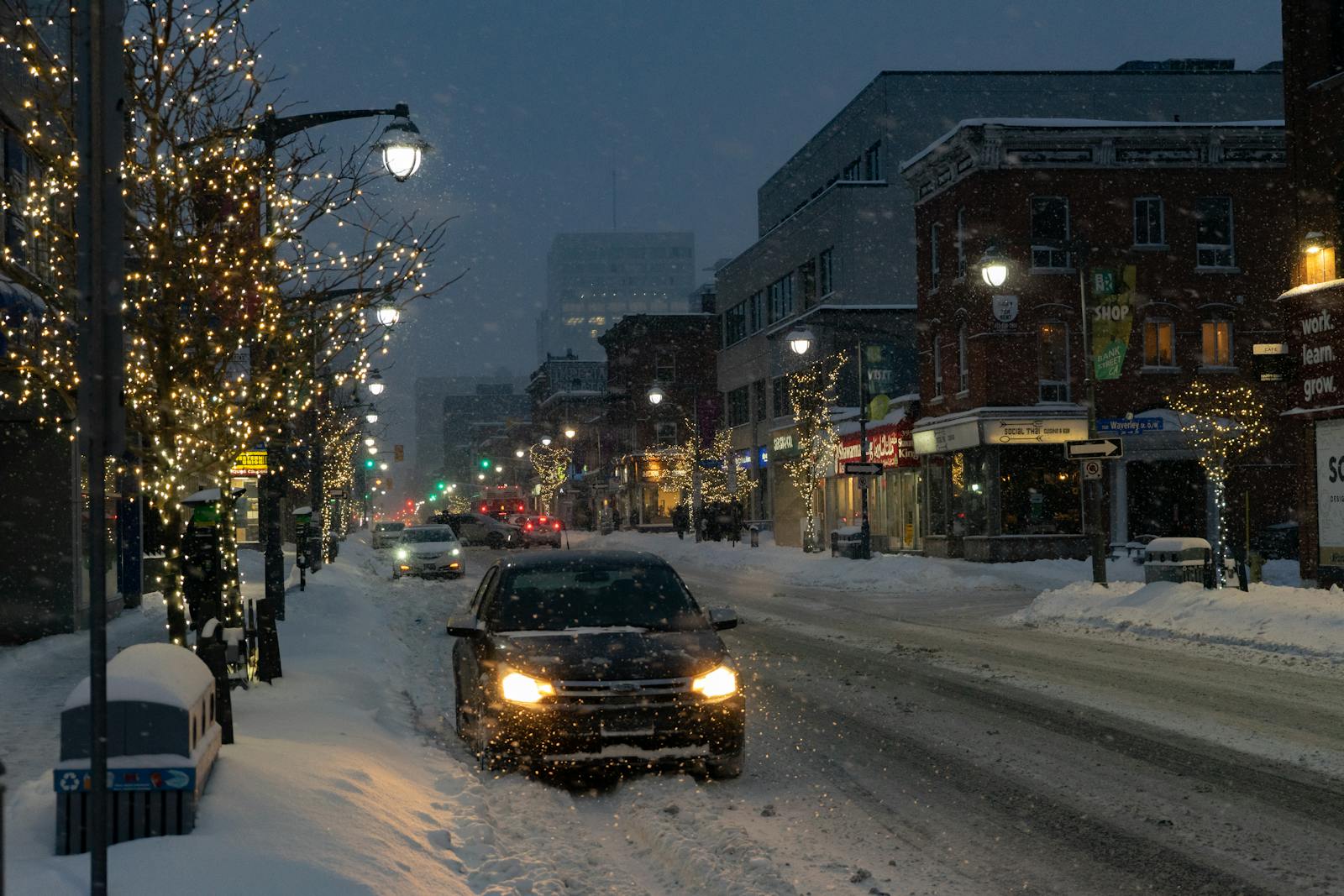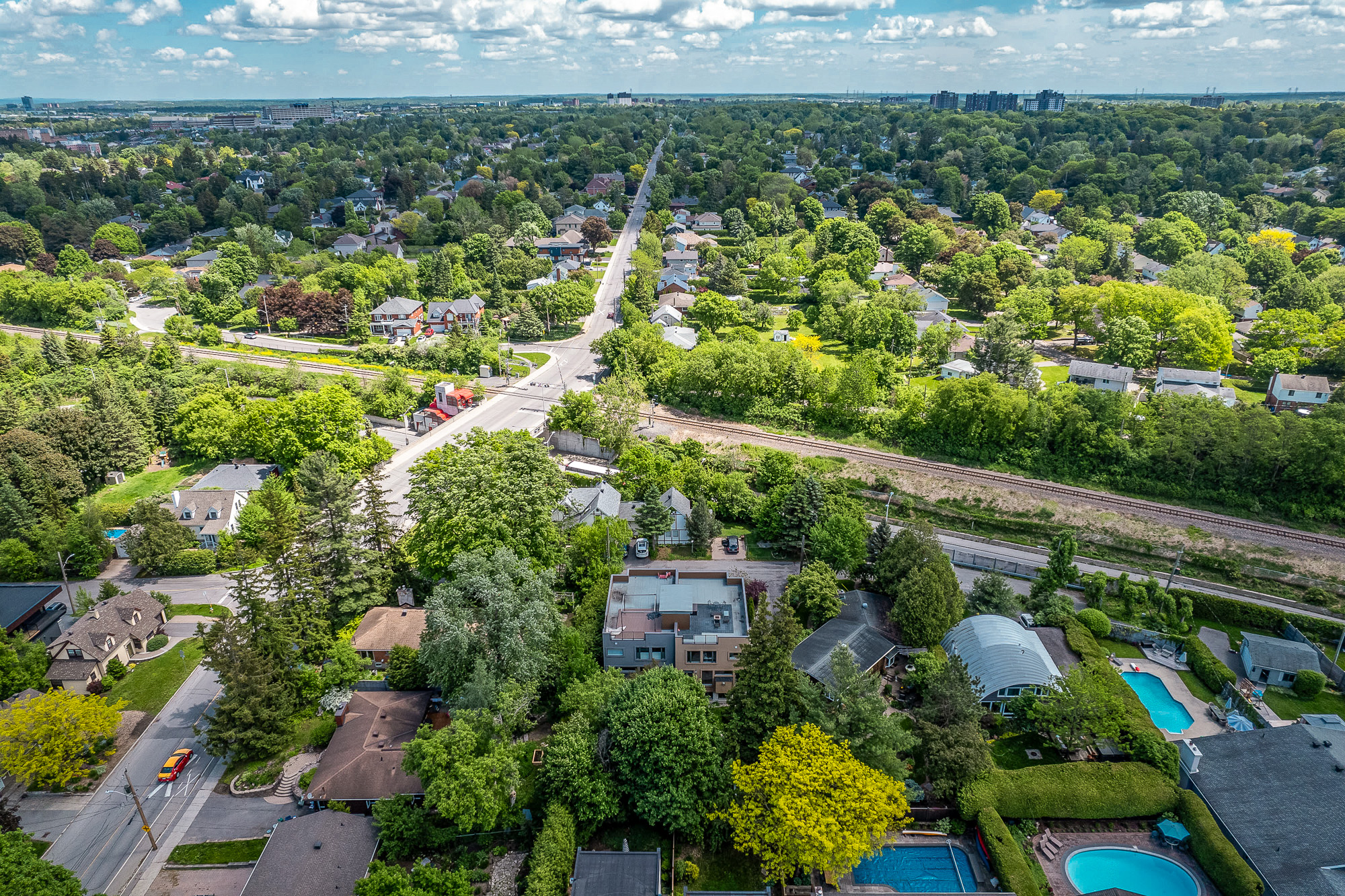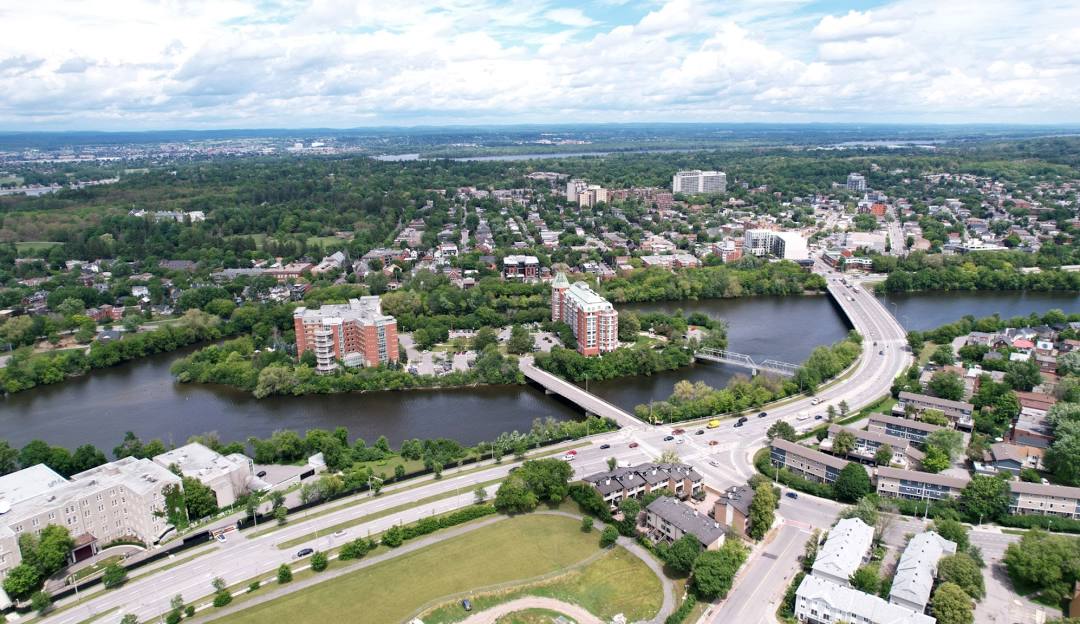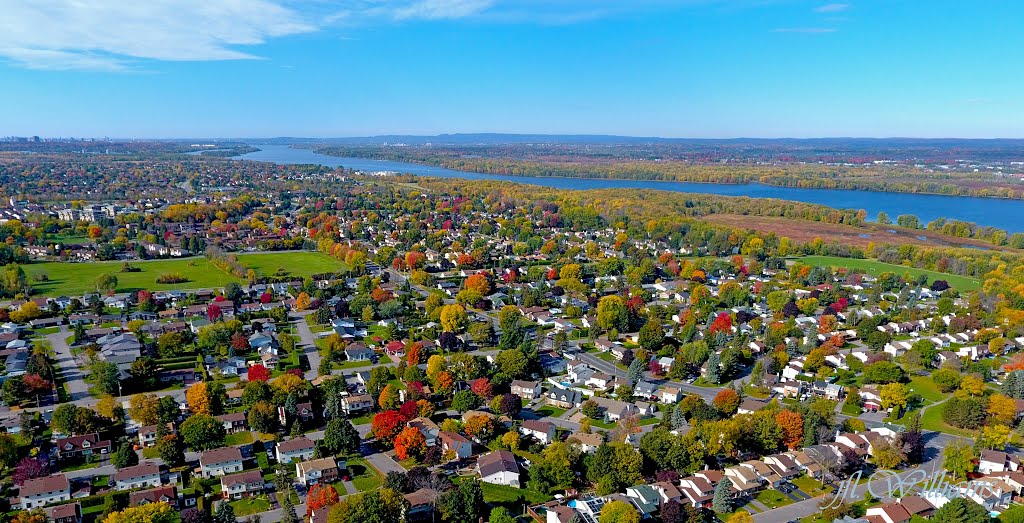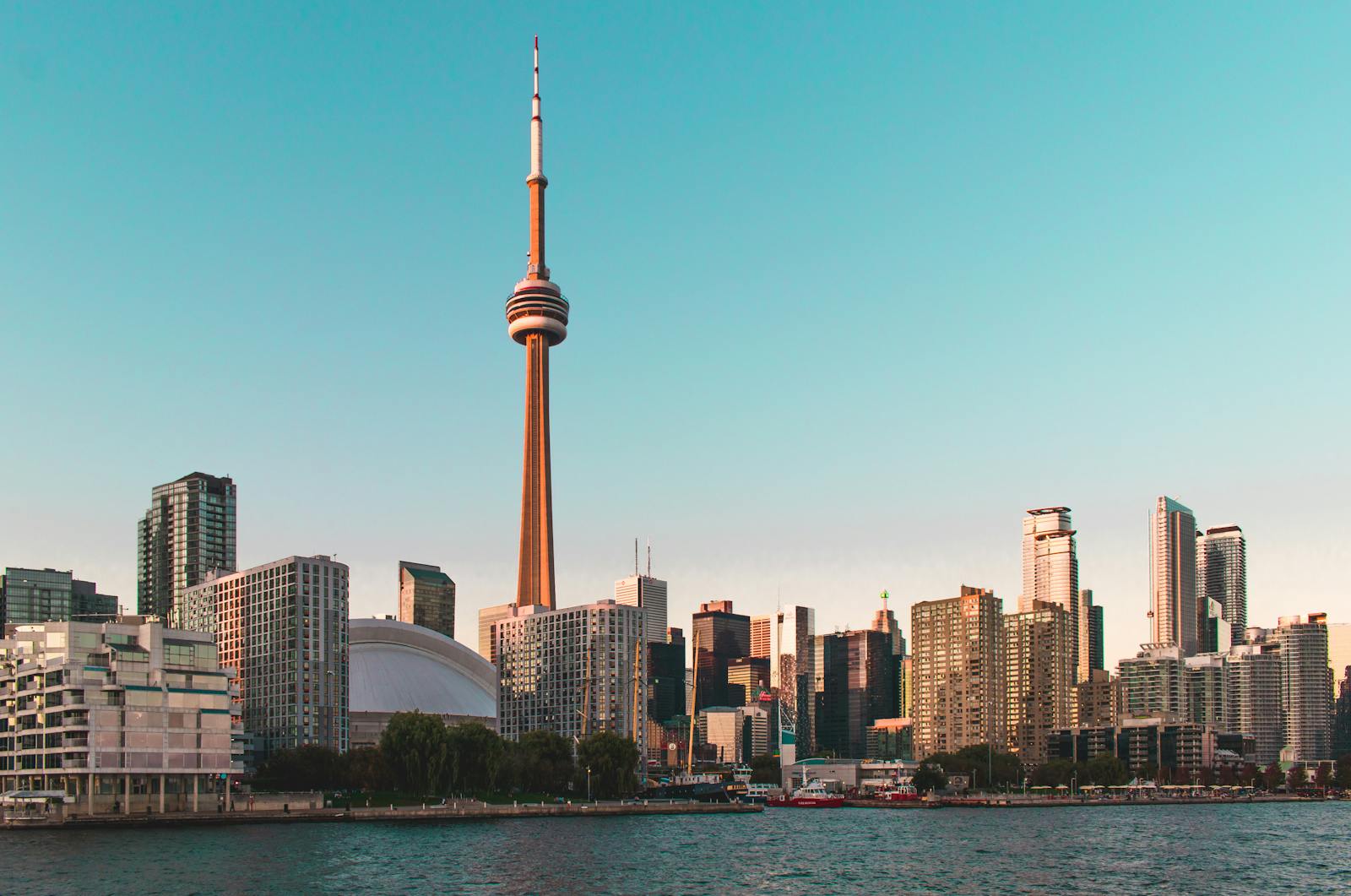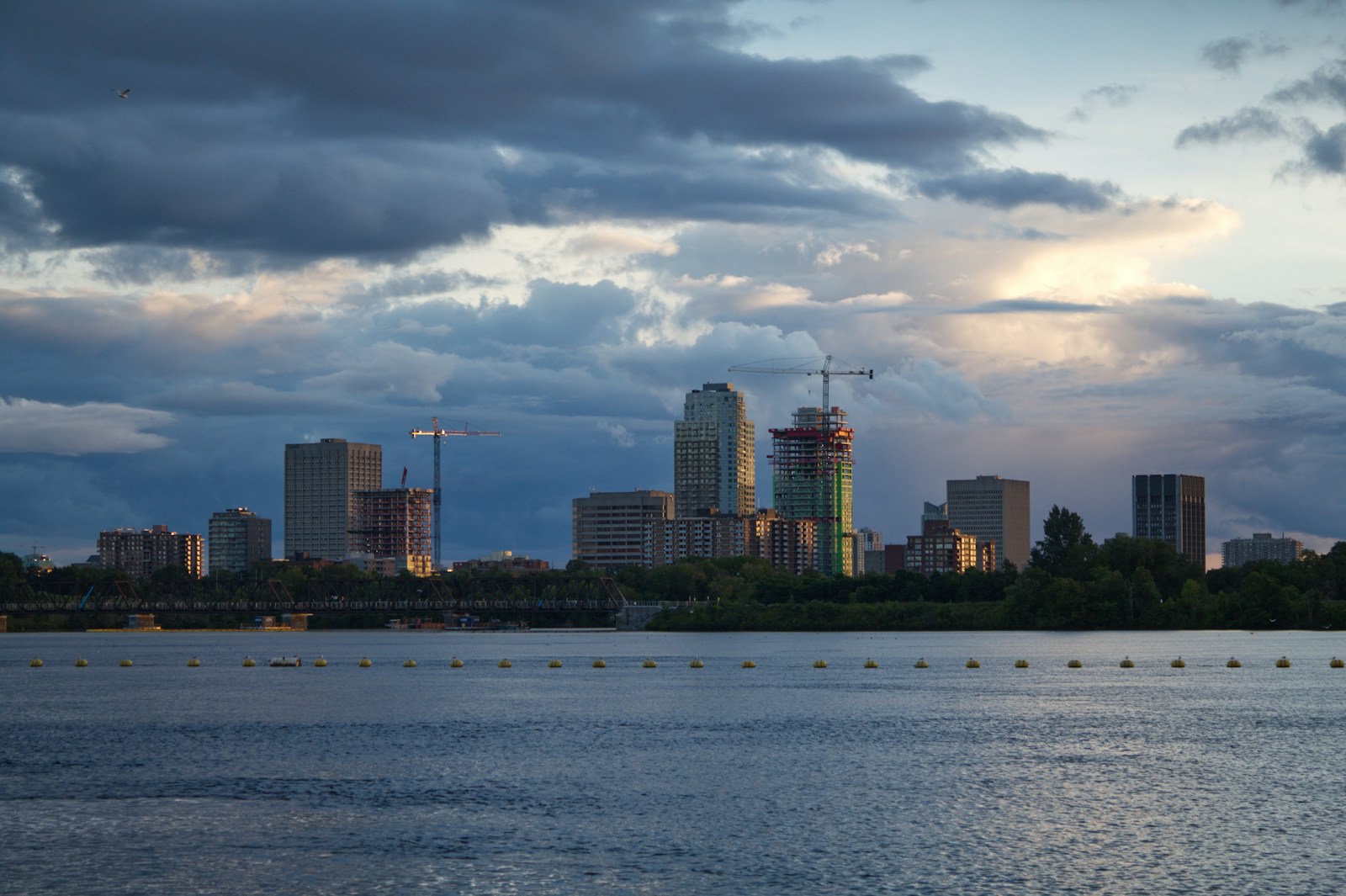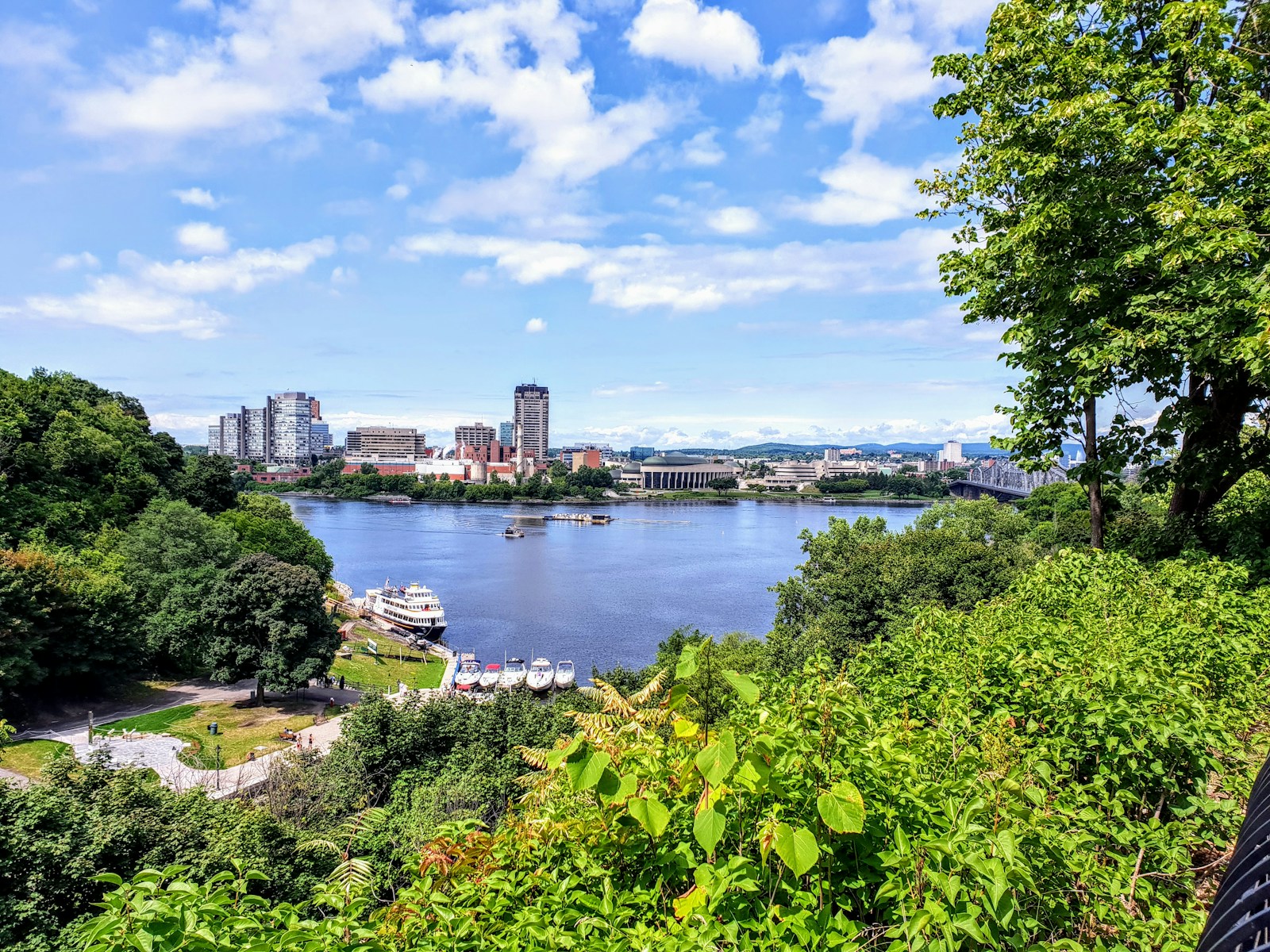ntroduction – Why Touring with a Sharp Eye Saves You Thousands
The Value of Being a Savvy Home Shopper
In today’s competitive Ottawa housing market, it's easy to fall in love with a house at first glance. But don’t let granite countertops and fresh paint distract you—hidden red flags can turn your dream home into a renovation nightmare.
Why Ottawa’s Climate Makes Some Issues More Likely
From freezing winters to damp spring thaws, Ottawa’s climate puts homes under unique pressure. That’s why it's critical to spot problems early—before you make an offer.
Red Flag #1 – Foundation Cracks or Uneven Floors
What It Might Indicate
Cracks wider than 1/4 inch, sloping floors, or sticking doors can point to structural movement or settling. In extreme cases, it may signal serious foundation issues.
Ottawa’s Soil and Climate Impact
Ottawa’s clay-heavy soil and freeze-thaw cycles can shift foundations. Be especially cautious in older neighborhoods like the Glebe or Sandy Hill where homes date back over a century.
Red Flag #2 – Water Stains or Musty Smells
Signs of Past or Ongoing Water Damage
Look for:
Brown rings on ceilings
Efflorescence (white powder) on basement walls
Musty odours in lower levels or closed rooms
These may indicate past flooding, roof leaks, or poor drainage.
Where to Look: Basements, Ceilings, and Bathrooms
Inspect under sinks and around toilets
Look near windows and foundation corners
Ask if a sump pump is installed and functional
Red Flag #3 – Old Electrical Panels or Exposed Wiring
Why Aluminum Wiring Still Exists in Older Homes
Homes built in the 1960s–70s may have aluminum wiring, which can be a fire hazard if not properly upgraded. Knob-and-tube wiring may still exist in some pre-1950s homes in Ottawa.
The Cost and Safety Implications
Updating electrical systems can cost $5,000–$15,000+, depending on the scope. Improper wiring may also prevent you from getting home insurance.
Red Flag #4 – Recent Paint Jobs in Isolated Areas
Covering Up Issues vs Renovation
A fresh coat of paint is normal—but be cautious if only specific spots are painted, like one ceiling panel or a basement wall. It could be hiding water stains, mold, or patch repairs.
What to Ask the Seller or Agent
When was the work done and why?
Can you see before-and-after photos or receipts?
Has the issue that caused it been resolved?
Red Flag #5 – Roof Age and Visible Wear
Curling Shingles, Sagging Eaves, Ice Dams
Signs of roof wear include:
Shingles curling or cracking
Missing or mismatched shingles
Gutter damage or sagging fascia
Stains on soffits or inside attic spaces
Ottawa Winters and Roof Life Expectancy
With heavy snowfall and frequent freeze-thaw cycles, most Ottawa roofs last 15–20 years. A full roof replacement may cost $8,000–$15,000, so it’s worth inspecting.
Bonus: Additional Warning Signs Worth Noting
While the top five red flags are critical, keep an eye out for these secondary signs that might still cost you down the road:
Windows That Don’t Open
Poorly functioning windows may indicate settling, moisture swelling, or simply old hardware. Replacing windows in Ottawa can be costly, especially if you need multiple units replaced at once.
Sloping Yards with Poor Drainage
Yards that slope toward the house can cause water pooling and foundation leaks. Check for:
Soil erosion near the foundation
Downspouts draining too close to the home
Soft or muddy spots near exterior walls
DIY Renovations Without Permits
If you see unusual room additions, non-matching finishes, or oddly placed outlets, ask if the seller obtained permits. Unpermitted renovations can lead to insurance issues, fines, or major costs to bring them up to code.
What to Do If You Spot a Red Flag
Don’t Panic—Call an Inspector
Spotting a red flag doesn’t mean you should walk away immediately. Instead, bring in a qualified home inspector who can assess the situation. Their report will help you decide if it’s:
Minor and manageable
Negotiable for a price reduction
A deal-breaker
Use It to Renegotiate or Walk Away
If issues are confirmed, you can:
Ask for repairs or credits
Negotiate a lower price
Back out of the offer (if you have a home inspection condition)
Frequently Asked Questions
Q1: Can I inspect these on my own?
You can spot signs, but only a licensed home inspector can fully assess the risks and provide a professional report.
Q2: What’s normal wear vs red flag?
Peeling paint or worn carpet is normal. Water damage, electrical hazards, or structural cracks are red flags worth investigating.
Q3: Should I always hire an inspector?
Yes, especially in Ottawa where climate can hide serious problems behind walls or under snow.
Q4: Can red flags lower the price?
Absolutely. Inspection findings often lead to price reductions or repair agreements, saving you thousands.
Q5: Do sellers have to disclose issues?
In Ontario, sellers must disclose known material defects. But if they’re unaware, it’s up to you and your inspector to uncover them.
Q6: Are new builds always safe?
Not always. Even new homes can have construction shortcuts or issues with grading, insulation, or finishes. A pre-delivery inspection (PDI) is still essential.
Conclusion – Trust Your Eyes, Then Verify with Experts
Spotting red flags during a home tour doesn't make you paranoid—it makes you smart. In Ottawa’s varied real estate market, being an informed buyer gives you leverage, protects your budget, and ensures your dream home doesn’t turn into a money pit. Always trust your instincts, then confirm with professional inspections before signing on the dotted line.

